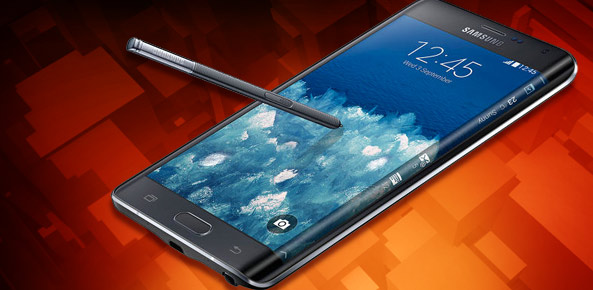ISLAMABAD ( MEDIA )
Samsung announced Monday its that big-screen Galaxy Note Edge smartphone will be available in the United States starting November 14.It is new thing, or much ado about nothing? Consumers will decide when the new Samsung Galaxy phone debuts in less than two weeks.
Samsung previewed the new phone in September, highlighting a 5.6-inch display that curves around the side of the device. Users can see brief notifications such as sports scores along the right edge of the screen, or click on the side to trigger app shortcuts, even while watching a video on the main screen.
The Galaxy Note Edge represents one of the few major smartphone design departures Samsung has taken to a global level. The company’s pattern in the past has been to introduce new features (for instance, a concave display in the Galaxy Round or metal frames in the Galaxy Alpha smartphones) in only a limited number of test markets.
No New Ground?
According to Samsung, the Galaxy Note Edge is the first Quad High Definition Super AMLOED display that wraps around the device’s edges to create a curved display. The customizable Edge display offers access to favorite apps and real-time notifications without interrupting what’s happening on the main screen.
Samsung helped originate the so-called phablet design in 2012 with the Note, a device that many at the time felt was too big. Since then, numerous handset makers have made their own phablets, and the Edge might represent an attempt by Samsung to spark another new trend in smartphone design.
When we reached Jan Dawson, chief analyst at Utah-based Jackdaw Research, he said he was skeptical that the Edge’s new frills would break any significant new ground.
“The Note Edge is a classic Samsung move: innovation for its own sake, without an obvious purpose,” Dawsons said. “Unless the device gets developer traction, which seems unlikely, it will not sell well. It’s unique but it’s not yet clear that its unique features are actually useful.”
Samsung has been focused on innovating in hardware and as a result has taken some flak for neglecting the software side, where its smartphones are mostly powered by Google’s Android operating system.

